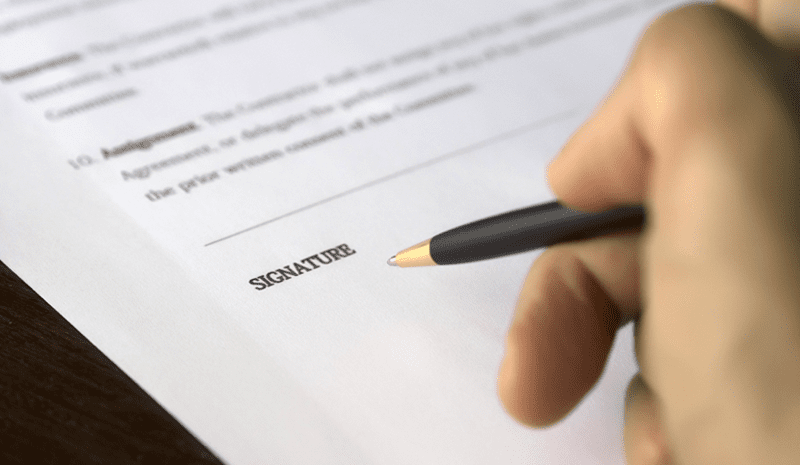
Preventing Flat Tires: Tips for Tire Maintenance and Care
In the realm of automotive inconveniences, few things are as universally frustrating and potentially hazardous as a flat tire.
Imagine this: you are cruising down the highway, enjoying the open road, when suddenly you hear that dreaded thumping sound.
Your heart sinks as you have fallen victim to a deflated tire. However, the good news is that with proper tire maintenance and care, you can significantly reduce the likelihood of encountering this all-too-common predicament.
In this guide, we will delve into the world of tire upkeep, equipping you with a wealth of flat tire tips and ensuring that your journeys remain smooth, safe, and uninterrupted.
1: Regular Tire Inspections
Remember, a simple visual inspection can go a long way in preventing the inconvenience and potential dangers associated with flat tires.
By taking the time to visually assess your tires for signs of wear and damage, you can catch problems early on and address them before they lead to a flat tire situation.
Invest in a quality tire pressure gauge and use it to check your tire pressure regularly. Match the readings to the recommended pressure stated in your vehicle’s owner’s manual or the door jamb. Remember, maintaining proper tire pressure helps prevent flats and ensures optimal fuel efficiency.
2: Proper Tire Inflation
Maintaining the correct tire pressure is a fundamental aspect of tire care that directly impacts both their longevity and your safety on the road.
Regularly check and adjust your tire pressure using a reliable pressure gauge.
To ensure optimal tire performance and minimize the risk of flat tires, it’s crucial to follow the recommended tire pressure specified by your vehicle’s manufacturer. This information is typically found in the owner’s manual or on a sticker located inside the driver’s side door frame.
Remember to perform these checks when the tires are cold, as driving heats up the tires and can provide inaccurate pressure readings.
Make it a habit to inspect the tire pressure at least once a month and before embarking on long journeys.
If your vehicle has a tire pressure monitoring system (TPMS), pay attention to any alerts and take action promptly.
3: Rotate and Balance
By adhering to these tire rotation and balancing tips you will maintain consistent tread wear, maximize tire longevity, and minimize the risk of encountering a flat tire.
Most manufacturers recommend rotating tires every 6,000 to 8,000 miles (9,600 to 12,800 kilometers), but it’s essential to check and follow the specific recommendations for your vehicle.
Be aware of the type of tires on your vehicle. Make sure to adhere to the correct rotation pattern for your tire type.
If your tires are non-directional, consider using the cross-pattern rotation method. This helps achieve more even wear and maintains balanced handling.
Balancing your tires should coincide with each rotation. This practice ensures optimal performance and ride comfort.
While some DIY enthusiasts may attempt tire rotation and balancing at home, it’s recommended to have these tasks performed by a qualified technician.
After tire rotation and balancing, verify that your tire pressure is correctly adjusted according to the manufacturer’s recommendations.
4: Avoid Overloading
By adhering to these tips, you’ll not only protect your tires from unnecessary stress and wear but also contribute to overall road safety and vehicle performance.
Avoid exceeding weight limits to prevent unnecessary stress on your tires, which can lead to flat tires.
When loading your vehicle, distribute the weight evenly to prevent flat tires because of excessive strain on specific tires.
Check the load rating of your tires to ensure they can safely support the weight you’re carrying.
5: Drive Cautiously
By…







